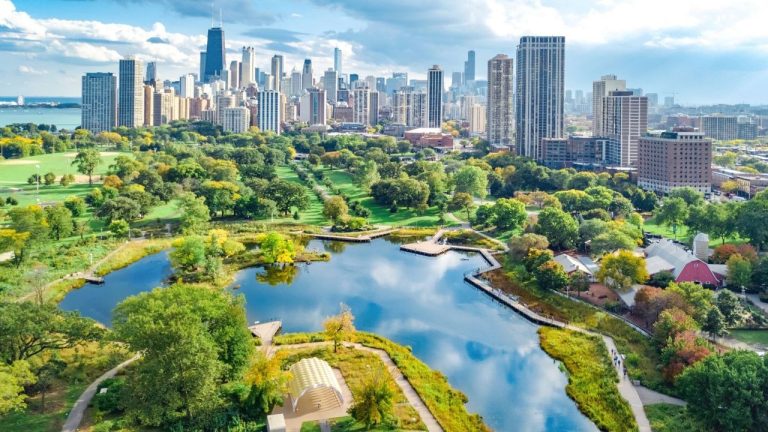New data suggests that access to green spaces may not be the solution to mental health issues, with some of the most forested states in the US reporting higher-than-average mental illness rates. Findings from Eco Lodges Anywhere, based on government statistics, show that states such as Maine, where nearly 90% of the land is covered by forest, still report concerning levels of mental health challenges.
According to the 2024 Mental Health in America report, compiled by Mental Health America, over 24% of Maine’s population experiences mental illness – well above the national average of 23.08%. This trend is mirrored in other states with high forest coverage, including West Virginia, Vermont, and Alabama. These states, with forests covering more than 70% of their land, report mental illness rates of 26.28%, 26.8%, and 24.09%, respectively.
Top 5 Most Forested States
| State | % of people having any type of mental illness | # of people having any type of mental illness | % of people compared to national total | % of forested area | |
| 1 | Maine | 24.07 | 268,000 | 0.46% | 89.46% |
| 2 | New Hampshire | 23.06 | 259,000 | 0.44% | 84.32% |
| 3 | West Virginia | 26.28 | 367,000 | 0.62% | 79.01% |
| 4 | Vermont | 26.8 | 141,000 | 0.24% | 77.81% |
| 5 | Alabama | 24.09 | 931,000 | 1.58% | 70.57% |
In contrast, some of the least forested states, including North Dakota, Nebraska, and Iowa, are also reporting higher-than-average mental illness rates. North Dakota, with only 1.72% of its land covered by forest, still reports a mental illness rate of 25.95%. Meanwhile, Iowa, with just 8.43% forest cover, has one of the highest mental illness rates at 26.71%.
Nature Alone Isn’t the Answer
Emese Maczko, founder of Eco Lodges Anywhere, commented on the findings: “These statistics suggest that mental health is a complex issue. There are nearly 300 scientific studies highlighting the emotional and restorative effects of nature. But what these findings show is that while green spaces are important, they cannot solve mental health issues on their own. Effective healthcare, strong community support, and additional interventions are also crucial.”
The study, which compared data from the United States Department of Agriculture’s Forest Inventory and the 2024 Mental Health in America report, examined whether higher access to forests and green spaces could have a positive impact on mental health. However, the results challenge the assumption that living near nature automatically correlates with better mental well-being.
For example, Utah, with only 34.48% forest cover, has the highest rate of mental illness in the country at 29.19%. Wyoming, with 18.42% forested land, also reports a high mental illness rate of 27.44%, despite its natural beauty.
Meanwhile, some states with moderate forest cover report lower mental illness rates. New Jersey, with 41.72% of its land forested, has the lowest mental illness rate at 19.38%. Florida, with just over 50% forested land, has a rate of 20.45%, below the national average.
Top 5 States with Highest Mental Illness Rates
| State | % of people having any type of mental illness | # of people having any type of mental illness | % of people compared to national total | % of forested area | |
| 51 | Utah | 29.19 | 700,000 | 1.19% | 34.48% |
| 50 | Idaho | 28.02 | 402,000 | 0.68% | 40.55% |
| 49 | Oregon | 27.48 | 922,000 | 1.57% | 48.51% |
| 48 | Wyoming | 27.44 | 121,000 | 0.21% | 18.42% |
| 47 | Washington | 27.14 | 1,629,000 | 2.77% | 52.74% |
A Complex Issue
The findings highlight the multifaceted nature of mental health. While access to green spaces is certainly a valuable resource for improving mental well-being, the data underscores that other factors – such as access to mental health services, economic stability, and social support – are equally important in tackling the mental health crisis.



